
| Recorded by: Jim Petranka on 2024-08-21
Yancey Co.
Comment: | 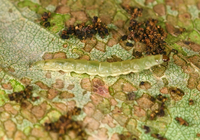
| Recorded by: Jim Petranka on 2024-08-21
Yancey Co.
Comment: |
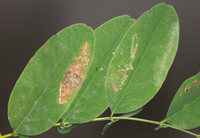
| Recorded by: Jim Petranka and Becky Elkin on 2024-08-17
Buncombe Co.
Comment: | 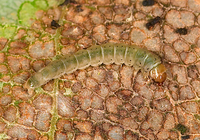
| Recorded by: Jim Petranka and Becky Elkin on 2024-08-17
Buncombe Co.
Comment: |

| Recorded by: David George, Jeff Niznik, Kevin Bischof on 2024-08-07
Transylvania Co.
Comment: | 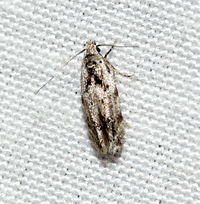
| Recorded by: David George, Jeff Niznik, Kevin Bischof on 2024-08-07
Transylvania Co.
Comment: |
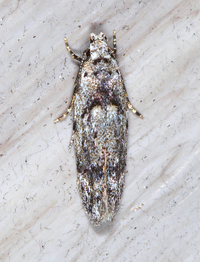
| Recorded by: Jim Petranka on 2024-07-26
Madison Co.
Comment: | 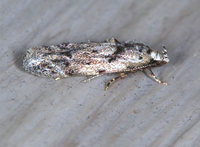
| Recorded by: Jim Petranka on 2024-07-26
Madison Co.
Comment: |
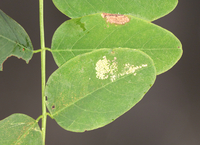
| Recorded by: Jim Petranka on 2024-07-20
Madison Co.
Comment: | 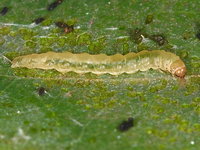
| Recorded by: Jim Petranka on 2024-07-20
Madison Co.
Comment: Leaf ties with larvae were on Black Locust; one larva per tie. |
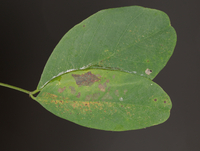
| Recorded by: Jim Petranka on 2024-07-19
Madison Co.
Comment: | 
| Recorded by: Jim Petranka on 2024-07-09
Madison Co.
Comment: A leaf tie on Black Locust. |
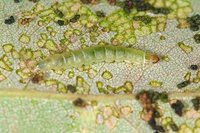
| Recorded by: Jim Petranka on 2024-07-09
Madison Co.
Comment: | 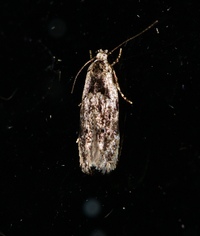
| Recorded by: Jim Petranka on 2024-05-20
Madison Co.
Comment: |
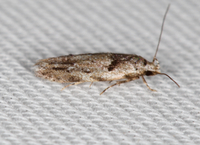
| Recorded by: Jim Petranka on 2023-08-22
Madison Co.
Comment: | 
| Recorded by: Jim Petranka on 2023-08-22
Madison Co.
Comment: |

| Recorded by: David George, Stephen Dunn, Jeff Niznik on 2023-07-31
Macon Co.
Comment: | 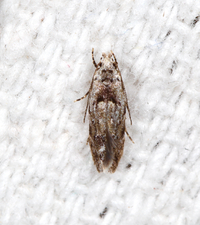
| Recorded by: Jim Petranka on 2023-07-31
Madison Co.
Comment: |
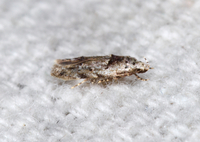
| Recorded by: Jim Petranka on 2023-07-31
Madison Co.
Comment: | 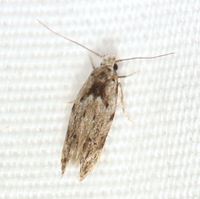
| Recorded by: David George, Stephen Dunn, Jeff Niznik on 2023-07-31
Swain Co.
Comment: |
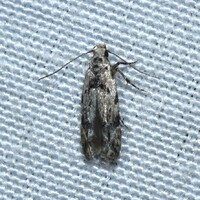
| Recorded by: David George, Stephen Dunn, Jeff Niznik, Rich Teper, Becky Watkins on 2023-07-30
Swain Co.
Comment: | 
| Recorded by: Jim Petranka on 2023-06-05
Madison Co.
Comment: |
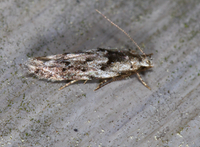
| Recorded by: Jim Petranka on 2023-06-05
Madison Co.
Comment: | 
| Recorded by: Jim Petranka on 2023-05-25
Madison Co.
Comment: |
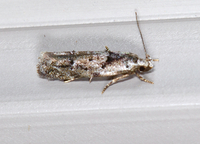
| Recorded by: Jim Petranka on 2023-05-11
Madison Co.
Comment: | 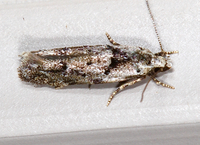
| Recorded by: Jim Petranka on 2023-05-11
Madison Co.
Comment: |
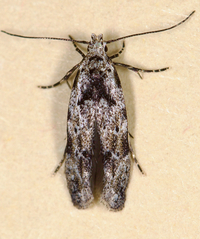
| Recorded by: Jim Petranka on 2023-03-26
Rutherford Co.
Comment: | 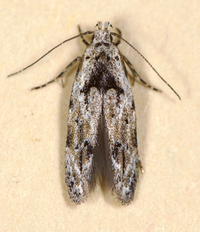
| Recorded by: Jim Petranka on 2023-03-26
Rutherford Co.
Comment: |
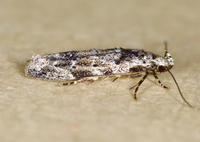
| Recorded by: Jim Petranka on 2023-03-26
Rutherford Co.
Comment: | 
| Recorded by: Jim Petranka on 2023-03-26
Rutherford Co.
Comment: Larvae were in leaf ties on Amorpha glabra on September 13; 8 pupae by September 30; pupae overwintered in refrigerator; two adults emerged on March 26. |
|

 »
»




 »
»


